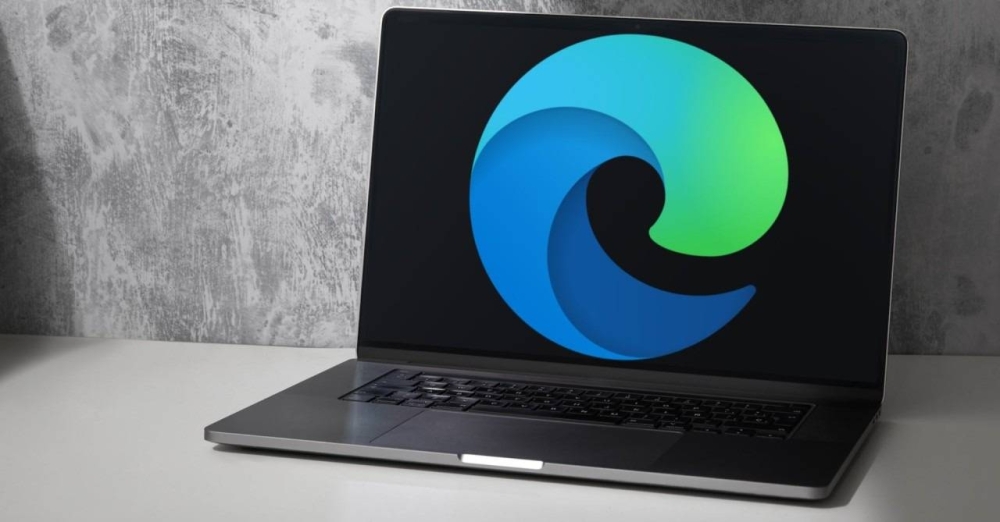Microsoft announced new features to its Edge browser to improve overall performance and speed up user interface response, the company said on its official website.
The company said that with the release of 122 browsers released in late February, the speed of user interface response in the "browser fundamentals" section increased by 42 percent in Edge, and this percentage has risen to 76 percent for users whose devices do not have an SSD, or run with a random memory of less than 8GB.
They noted that the advantage of favorites in the 124 version released in mid-April was an increase in response speed by 40 percent compared to pre-update, and this improvement is reflected in the expansion or folding of favorites.
Microsoft reported that these improvements were the result of the collection of data from browser users regarding the speed of user interface response.
The company found that the UI code was insufficiently fragmented, as some parts of the code "shared data unnecessarily", slowing performance.
In a related context, the Edge team worked on a new project called WebUI 2.0, in which Microsoft created a new internal user interface architecture for high performance on modern web engines.
Microsoft has set up the WebUI 2.0 project to operate in the "Browser Fundamentals" section interface which has seen a significant increase in speed, and plans to upgrade other user interfaces in the browser to WebUI 2.0, which means further improvements in performance and response over the coming months.

